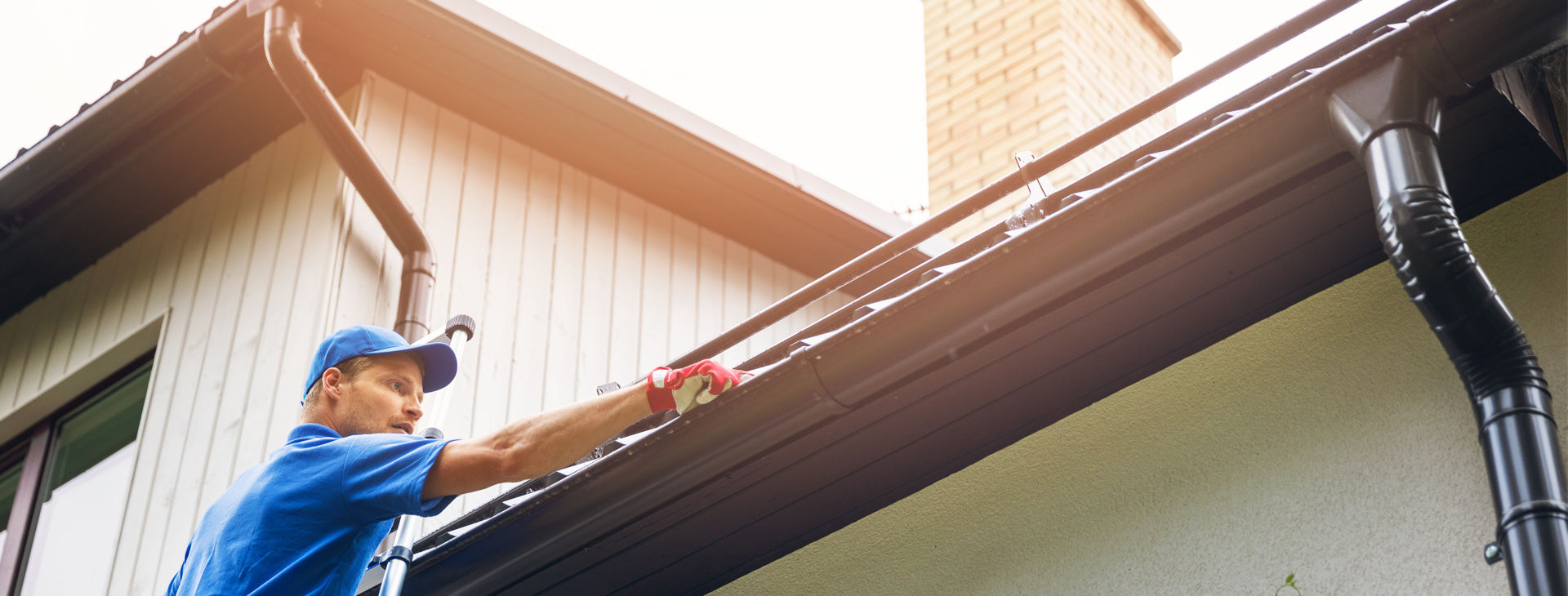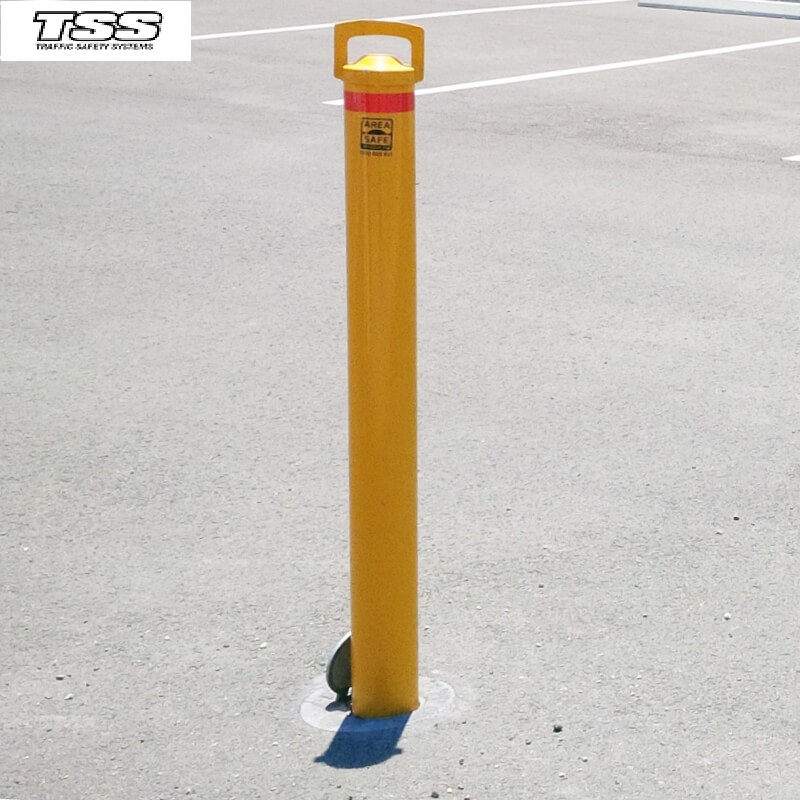Usually, Jump Form Construction comprises of the framework as well as the working platforms for fixing and cleaning of the frameworks, concreting as well as steel fixing. The frame work supports itself on concrete cast earlier. Thus, you should not reply on the access or support from the other parts of building or the permanent works.
Jump form taken here include the systems which are often described as the climbing form which is suitable for the construction of the multi storey vertical concrete elements in the high rise structures like:
- Shear walls
- Lift shafts
- Core walls
- Bridge pylons
- Stair shafts
They are constructed in the staged process. It’s an extremely productive system which is designed for increasing the efficiency as well as speed while minimising the crane and labour time. The systems are usually modular and maybe joined for forming the long lengths for suiting the varying geometrics of construction.
3 main types of jump from construction are in use generally which are:
- Normal jump or the climbing form- the units are lifted off individually off the structures and then relocated at the next level of construction with the help of a crane. The availability of the crane is crucial.
- Guided climbing jump form- it also uses the crane but it also offers greater level of safety and security as well as control while lifting the units which are anchored as well as guided by the structures.
- Self-climbing jump forms- it doesn’t need a crane since it climbs on the rails up to the building with the help of hydraulic jacks.
Below are some of the benefits:
- Faster construction may be achieved with careful planning of the process of construction
- Self-climbing frame work cuts the requirement for the crane time to a great extent. By letting the crane be used for the other construction works, it may help in reducing the total cranes required on the site
- The formwork is supported independently so that the sheer walls as well as core walls may be completed before the rest of the structure of the main building
- Good quality surface finishes may be achieved
- The climbing forms may be designed for operating in the high winds
- Highly engineered jump form system nature permits precise and quick adjustment of formwork in the planes
- Some of the formwork systems may be used at the inclined angle
- A very small but highly skilled work force is needed on the site
- It’s very easy to plan the construction activities because of the repetitive nature of work
Safety
- The working platforms, ladders and the guard rails are built into completed units of the market leading formwork systems
- The self-climbing formwork system is provided with an integral free fall breaking device
- The accomplished form work assembly is huge
- The reduced usage of scaffolding and the temporary working platforms result in lesser congestion on the site
- The rate of setting of the concrete in the parts of structure which support the form is crucial for stating the rate at which the construction may proceed safely
So these are the safety concerns which need to be kept in mind for jump form construction.
Conclusion
Jump form construction is used typically on the buildings which are up to 5 levels or more. There are certain safety concerns which need to be considered while undertaking this form of construction. Click here for more information.




